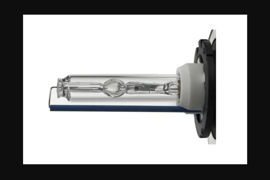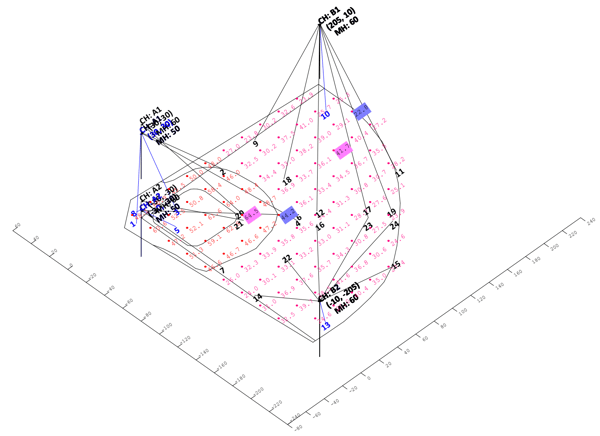12/09/2015
Lighting Comparison: LED versus HID Lights
LED Retrofit,
High Bay Lighting,
LED Lighting,
Lighting Education,
Interior Lighting,
Outdoor Lighting,
Area Lighting,
High Mast Lighting,
Hazardous Location Lighting,
Stouch Lighting Services,
Lighting Comparison





